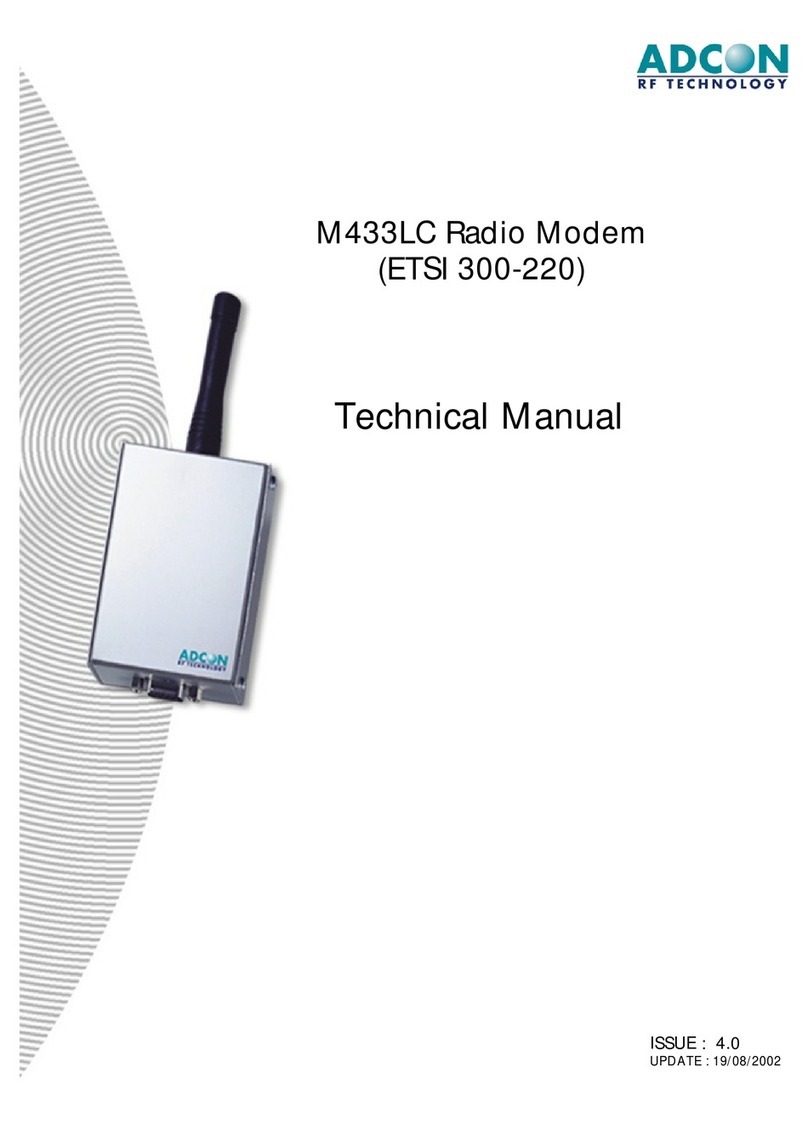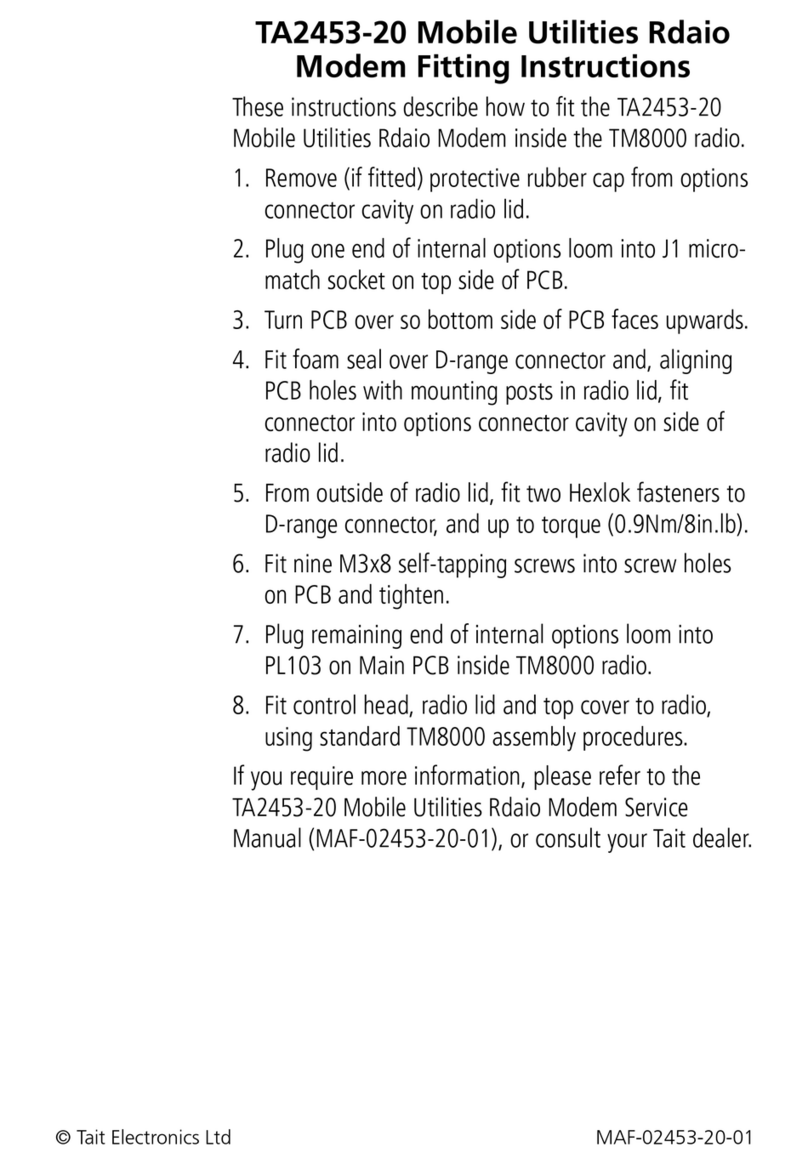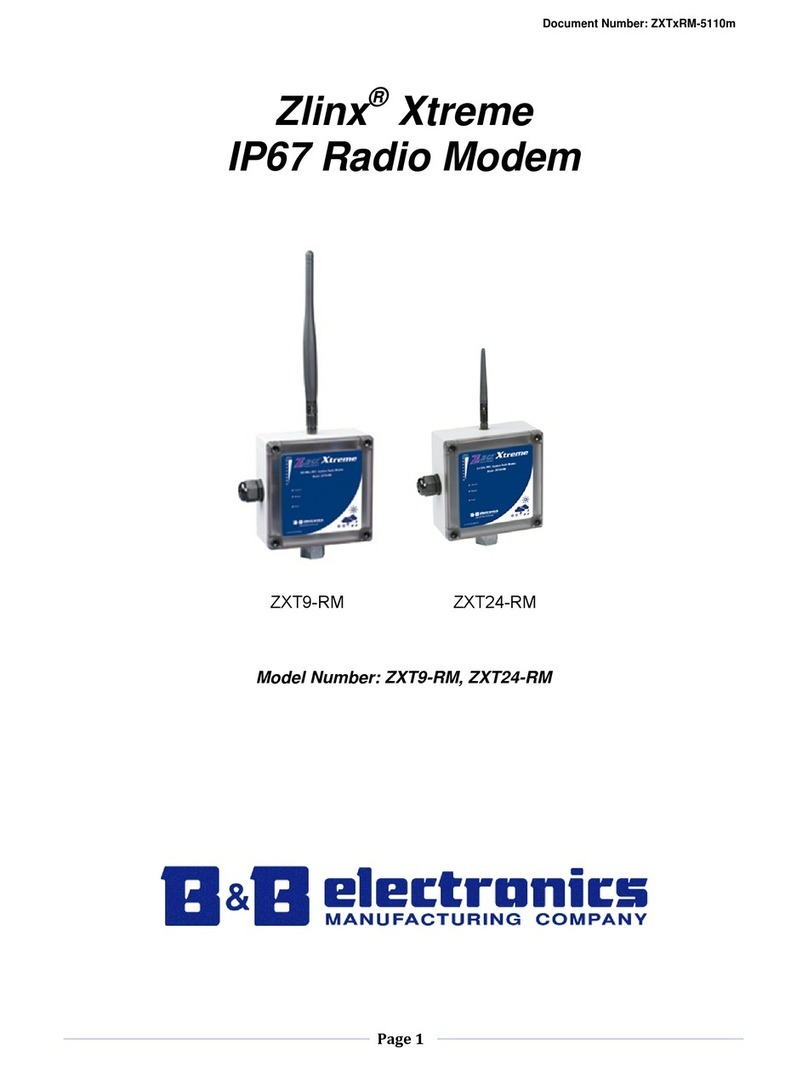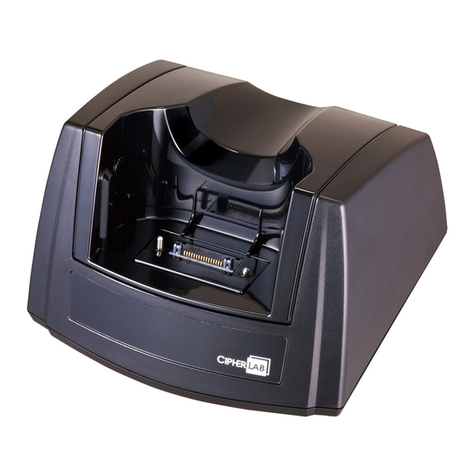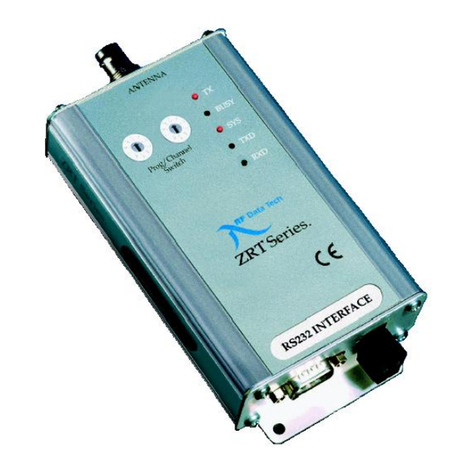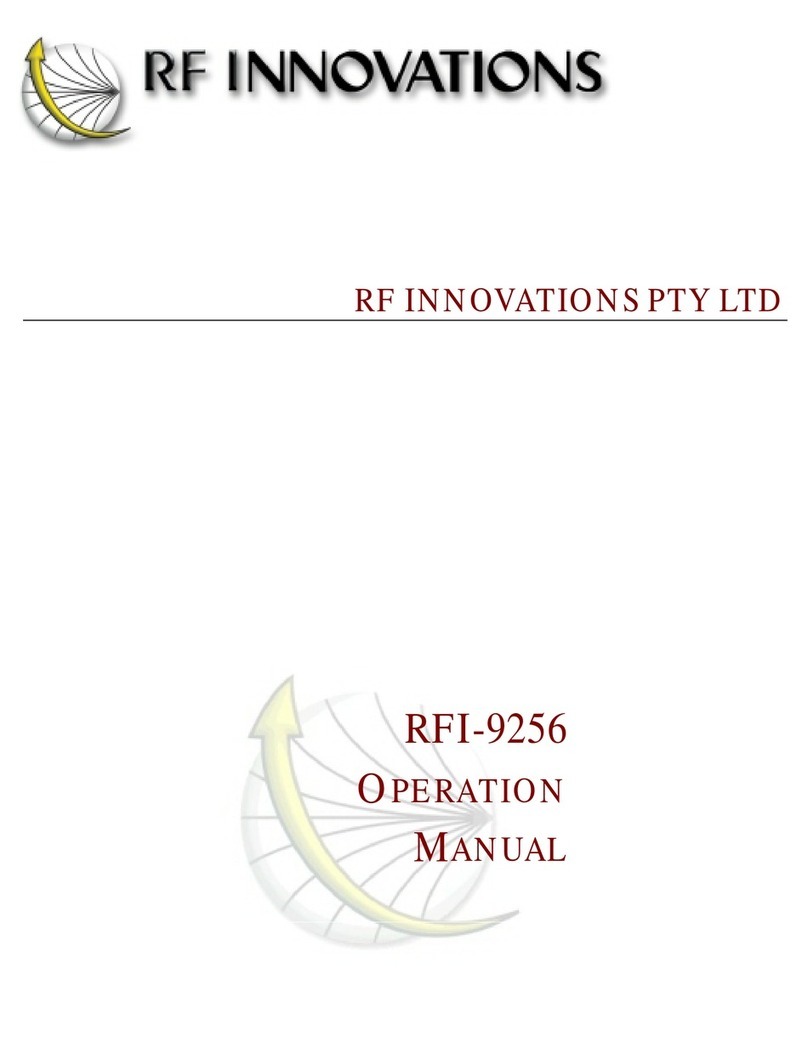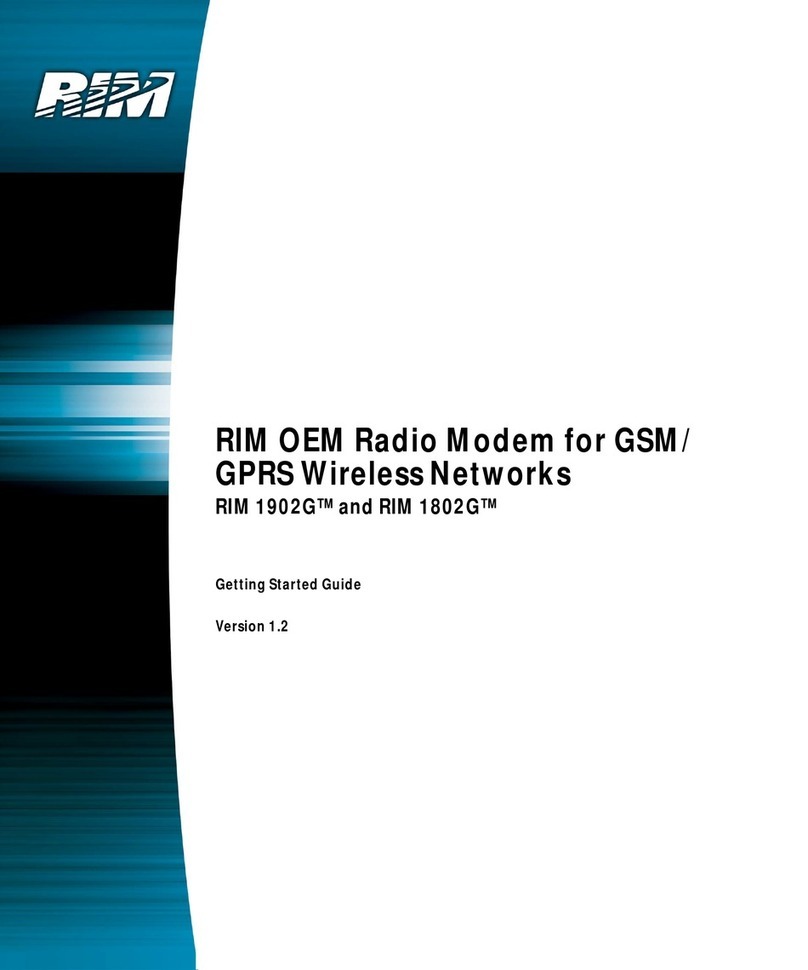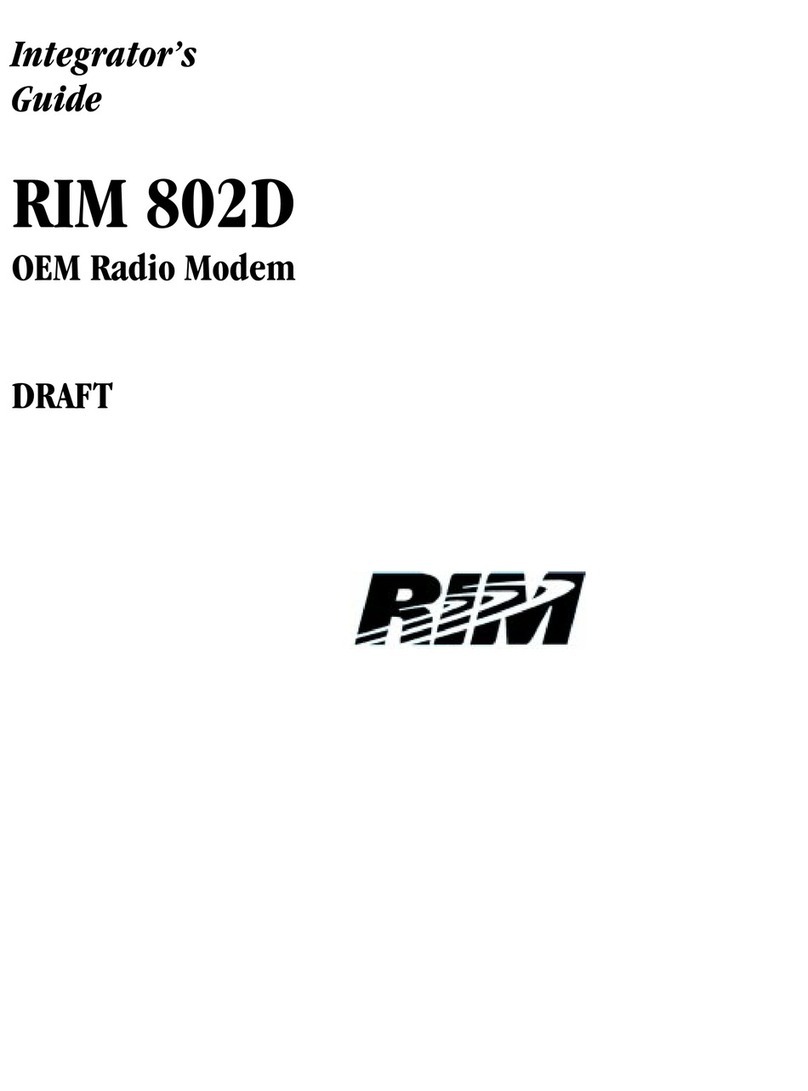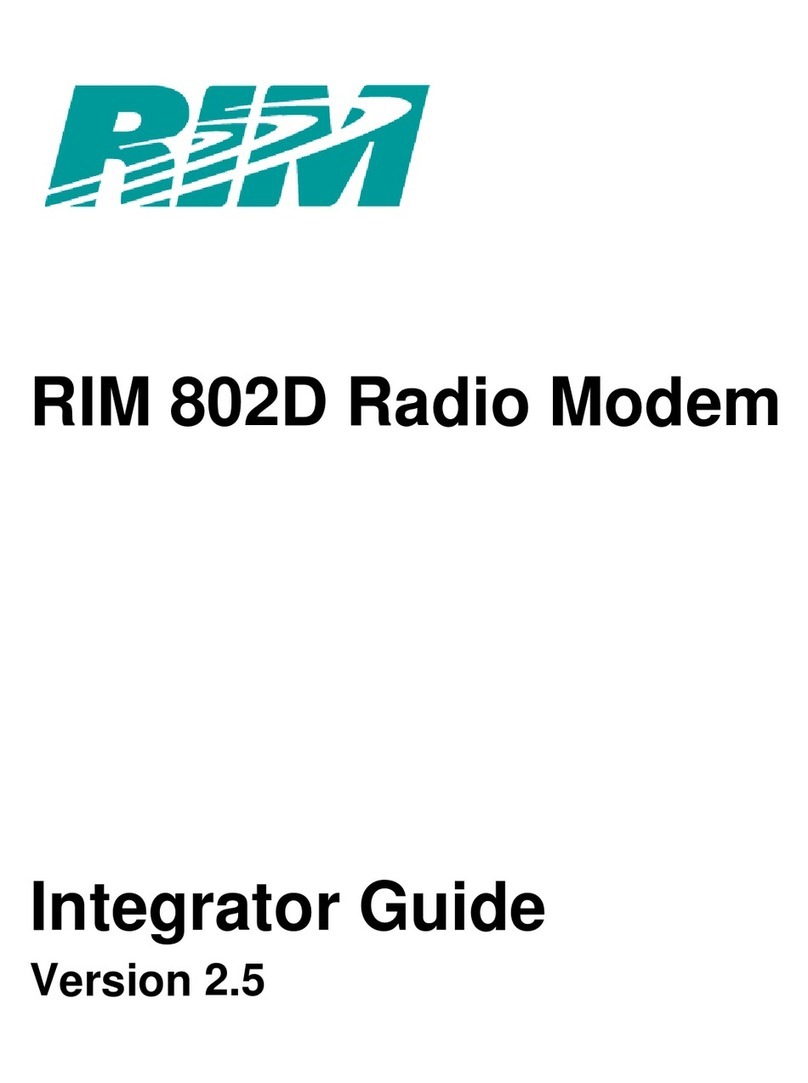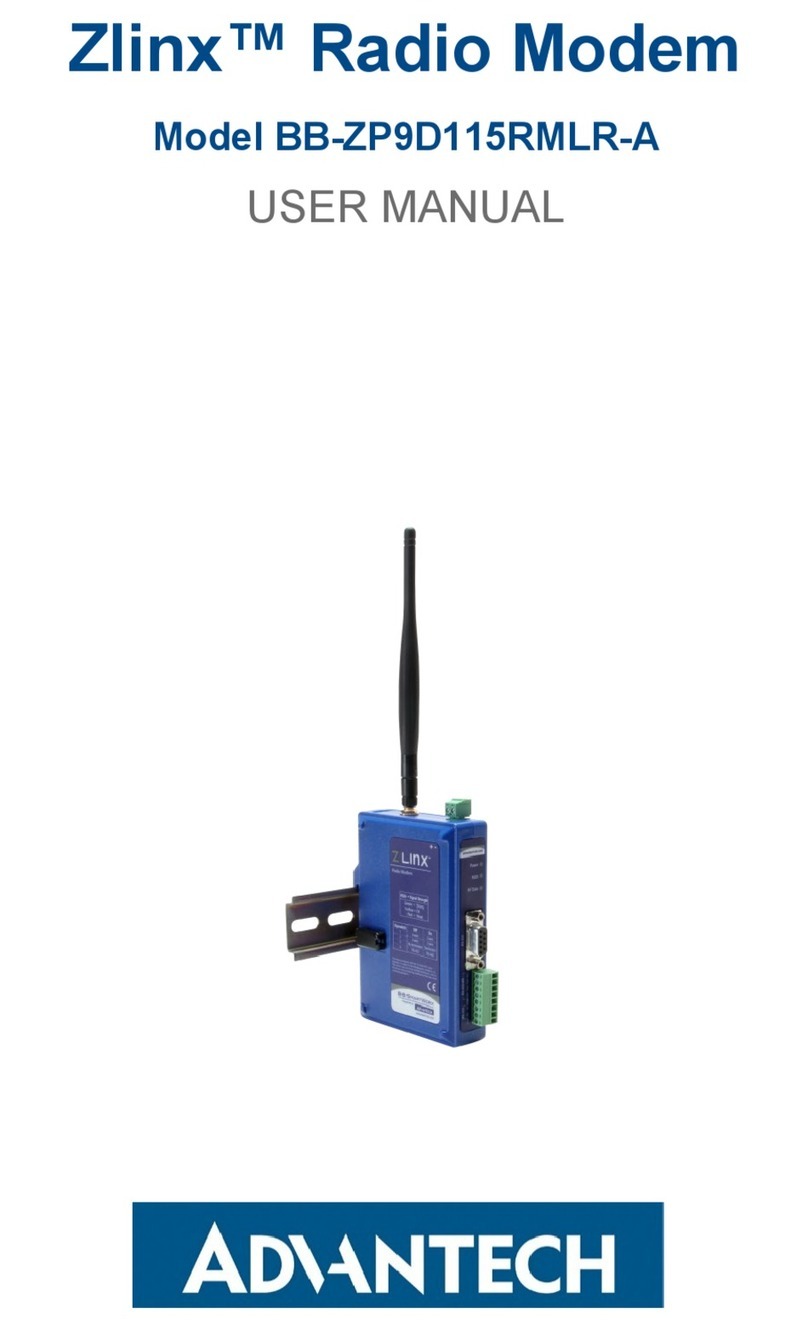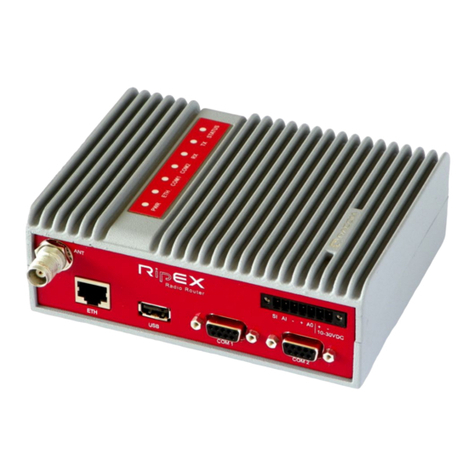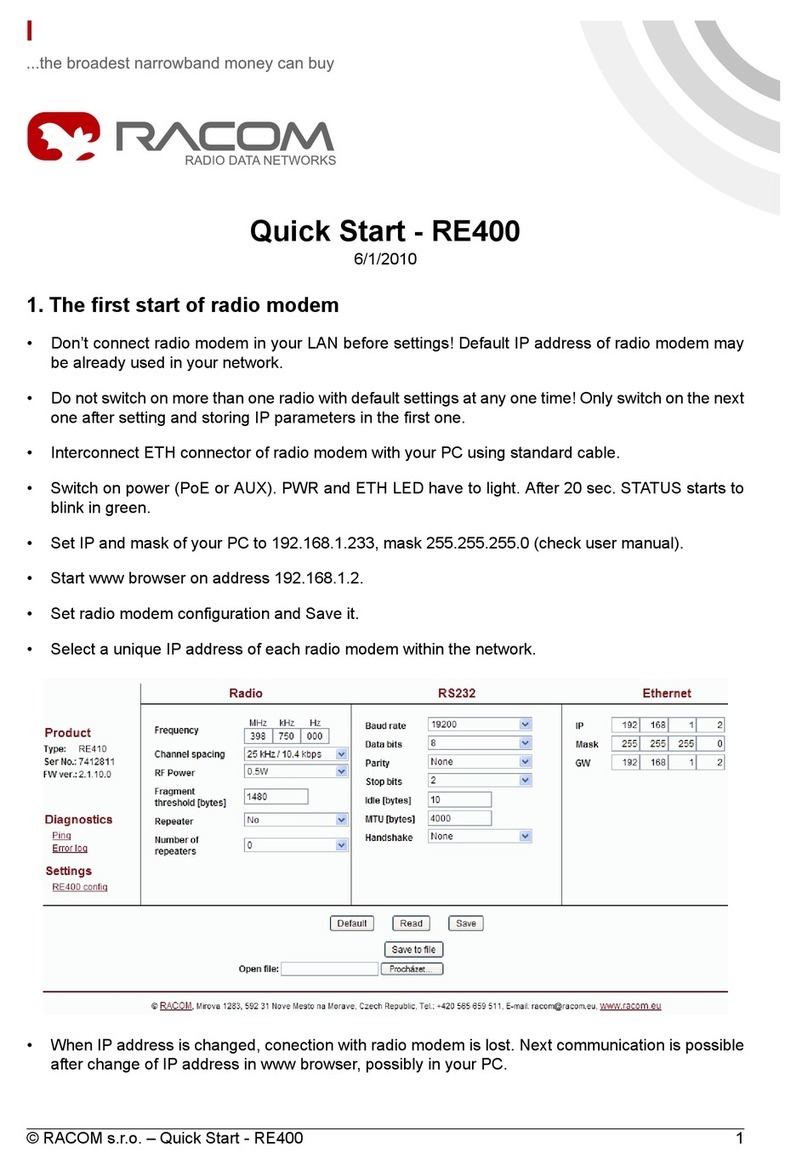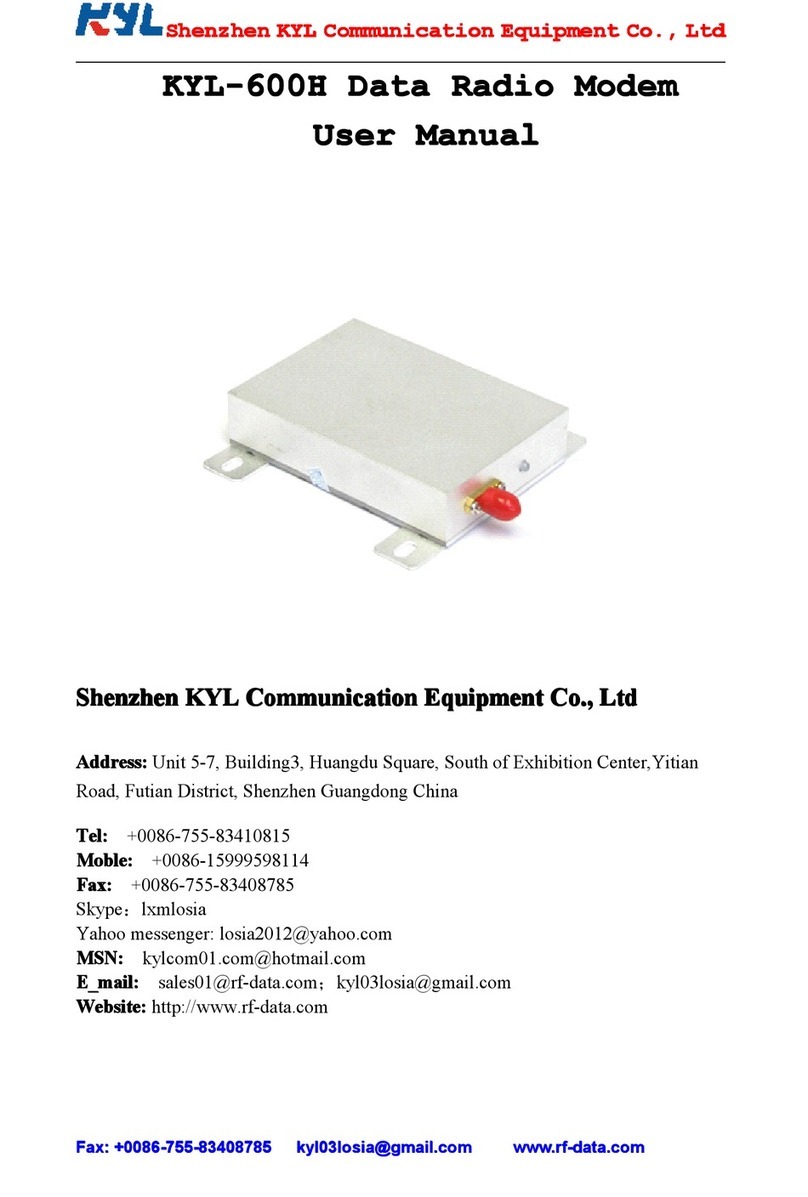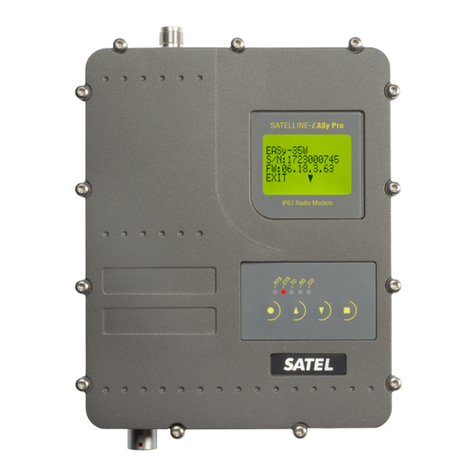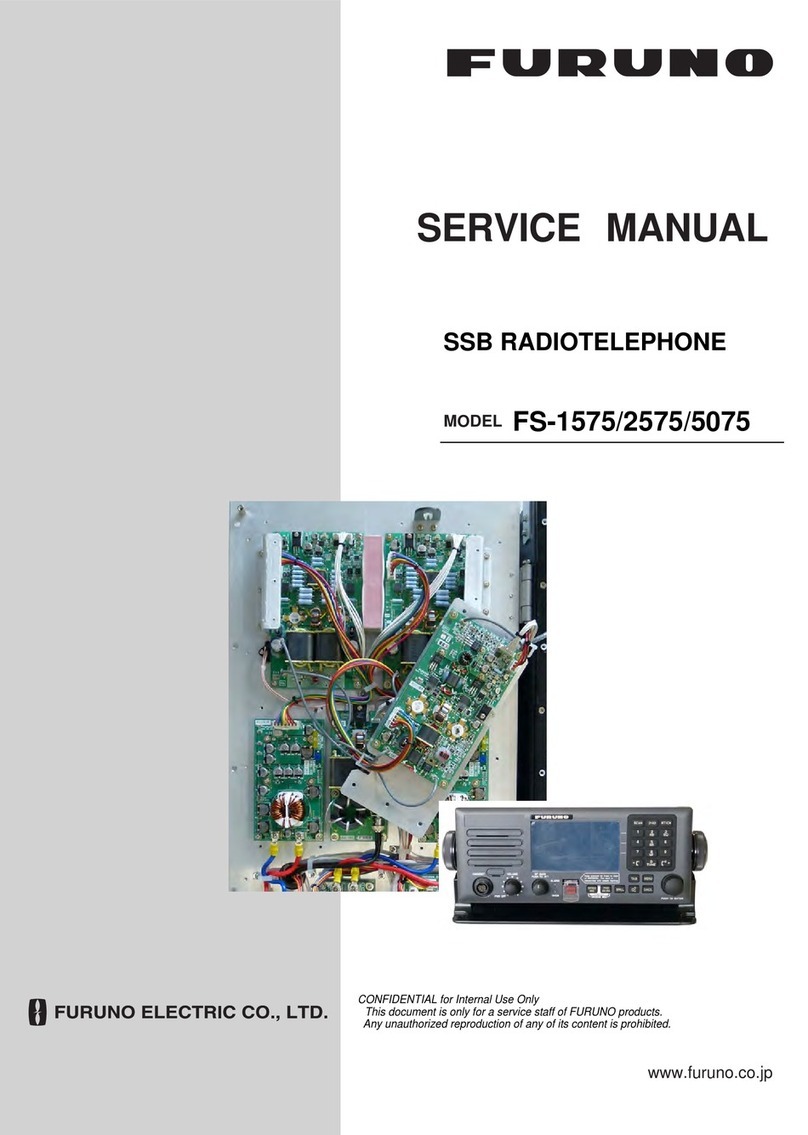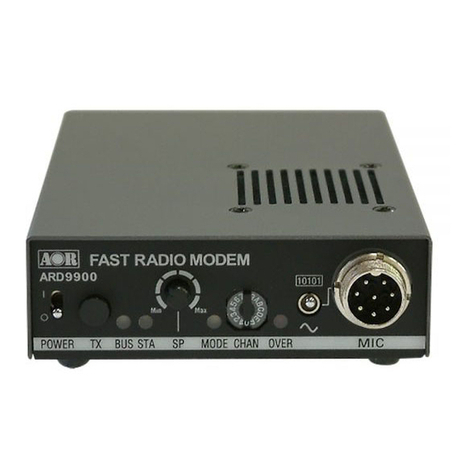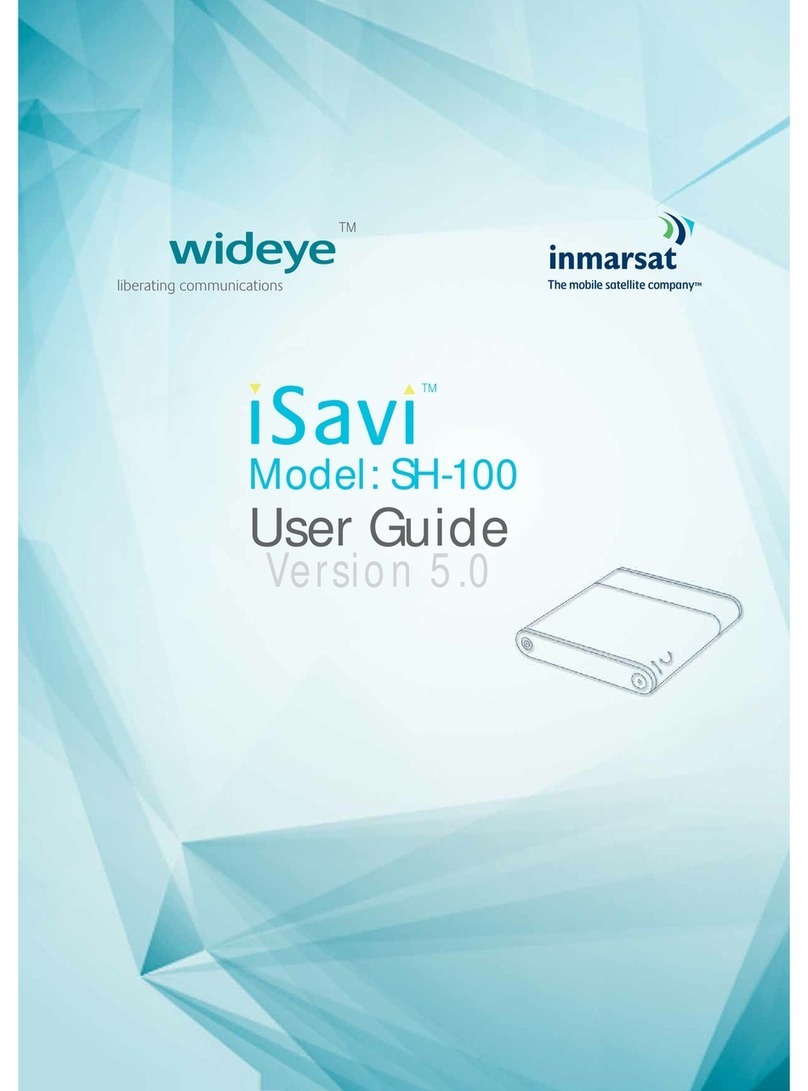
2 Introduction – Radio performance
Integrator’s Guide – RIM 902M OEM Radio Modem
Receiver sensitivity
Receiver sensitivity is a measure of how well a radio modem can “hear” a
network base station. This figure is important when a device will be used in
areas where signal strength is weak, such as inside buildings and in locations
that are not close to a base station. A radio modem with good receiver
sensitivity can be used in more places than a radio modem with poor sensitivity.
The RIM 902M has a receiver sensitivity of –118 dBm, or 0.0016 picowatts.
This is the strength of the weakest digital signal that can be interpreted with a
1% bit error rate. Although 1% may seem high, the sophisticated over-the-air
Mobitex protocol corrects these errors before the data is passed to the
application, ensuring error-free communication. This capability is already built
into the radio’s firmware, and does not require any additional software
development.
Noise immunity
The RIM 902M is not de-sensitized by the electromagnetic interference (EMI)
or “noise” that is generated by the electronics of the terminal into which it is
integrated. As a result, no special shielding is required between the radio and
your device.
Noise immunity offers several benefits, including:
x
easier integration
x
improved RF performance
x
longer battery life
x
more coverage from each base station
x
increased reliability
x
no need for special RF shielding
Powerful and efficient transmitter
When necessary, the RIM 902M can supply a full 2.0 watts to the antenna.
However, the RIM 902M quickly decreases the output power when it is close to
a base station
to as little as 0.06 watt – because a stronger signal is needed
only when far from a base station. By transmitting a strong signal only when
necessary, the RIM 902M conserves battery power.
The RIM 902M provides reliable transmit efficiency across the entire operating
voltage range of 4.15 to 4.75 volts. As a result, batteries can be used even when
nearing depletion. This also maximizes the radio coverage area throughout the
life of the battery.
